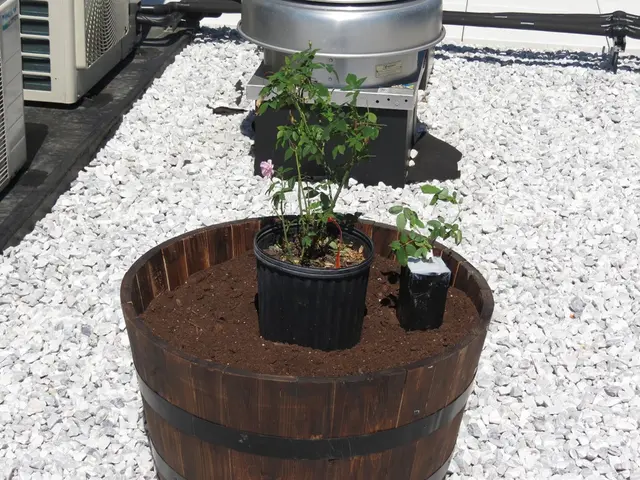Detailed Insights on Pearl Values, Prices, and Jewelry Knowledge
In the realm of jewellery, few gems capture the imagination quite like pearls. These timeless treasures come in various shapes, sizes, and colours, each with its unique charm and allure. But what sets natural pearls apart from their cultured counterparts? Let's delve into this fascinating world.
Natural pearls form spontaneously when an irritant, such as a grain of sand or parasite, accidentally enters a mollusk's soft tissue, triggering the mollusk to secrete layers of nacre (a combination of calcium carbonate and protein) around the irritant over several years. In contrast, cultured pearls are formed through human intervention by deliberately inserting a nucleus or irritant into a mollusk under controlled farming conditions, after which the mollusk deposits nacre layers similarly.
Key differences between these two types of pearls are evident. Natural pearls, formed in wild, uncontrolled natural habitats, often exhibit irregular shapes like baroque or oval, with rounds being relatively rare. Cultured pearls, on the other hand, are more likely to be round or near-round due to controlled nucleation.
The formation process also impacts the time it takes for each type to form. Natural pearls require several years, while cultured pearls typically take between 6 months to 4 years, depending on the species and conditions.
When it comes to value, natural pearls are generally rarer and more expensive due to their scarcity. Cultured pearls, however, are more available and affordable. Some types of natural pearls, like natural conch pearls, do not contain nacre and have unique fibrous structures with distinctive flame-like optical effects, while cultured pearls generally have a nacreous coating.
In summary, both natural and cultured pearls form via the mollusk’s protective secretion against irritants, but cultured pearls are human-facilitated to achieve consistency and yield, while natural pearls arise purely by chance in nature. Whether you prefer the rarity and mystery of natural pearls or the affordability and predictability of cultured pearls, there's a pearl out there for everyone.
Remember, pearl jewellery requires special care. Store them in a cloth bag or box, put them on last after perfumes and hairspray, wipe them with a damp cloth after wear, never submerge them in soapy water, never clean them with mechanical systems like ultrasonic or steam, and ensure pearl rings and bracelets have protective settings.
So, the next time you admire a beautiful strand of pearls, remember the intricate journey they've been on, whether it be a natural adventure or a human-guided process. Each pearl tells a unique story, making them truly one-of-a-kind.
References:
- Pearls: A Comprehensive Guide
- The Formation of Pearls
- Cultured Pearls
- Natural Pearls
- How Pearls Are Made
- The world of gemstones extends beyond pearls, encompassing universities that offer education-and-self-development courses about gemology, including the study of gemstones like diamonds and synthetic gems.
- On the subject of birthstones, pearls are not the only gemstone associated with a month; diamonds, for instance, are designated as the birthstone for April.
- During auctions, both natural and cultured pearl jewellery are coveted items, often attracting collectors from across the globe due to their exquisite beauty and historical significance.
- The process of pearl formation can serve as an example of how nature and human intervention come together in the realm of gemstones, creating unique gems like natural pearls with fibrous structures or cultured pearls with round shapes.




